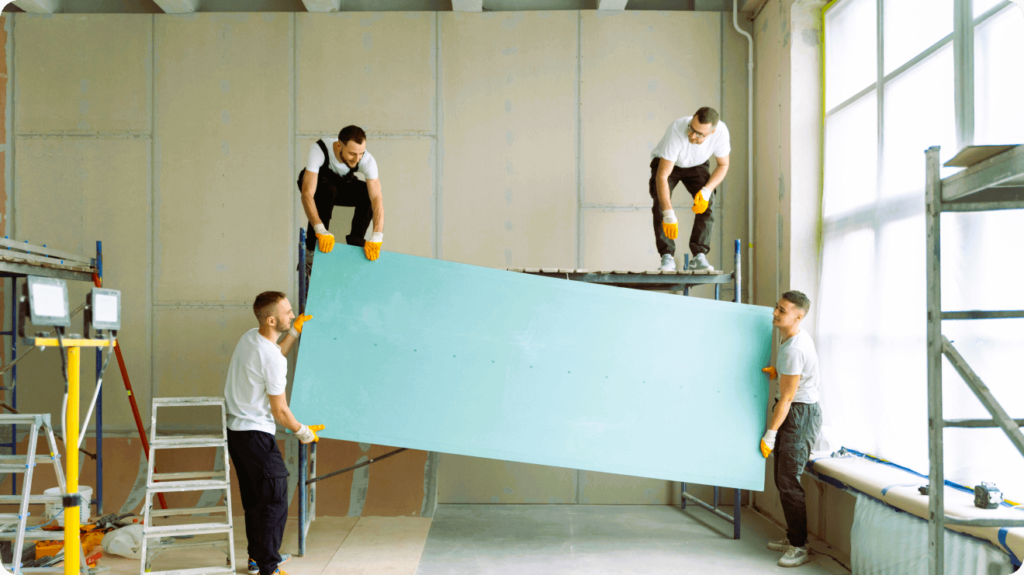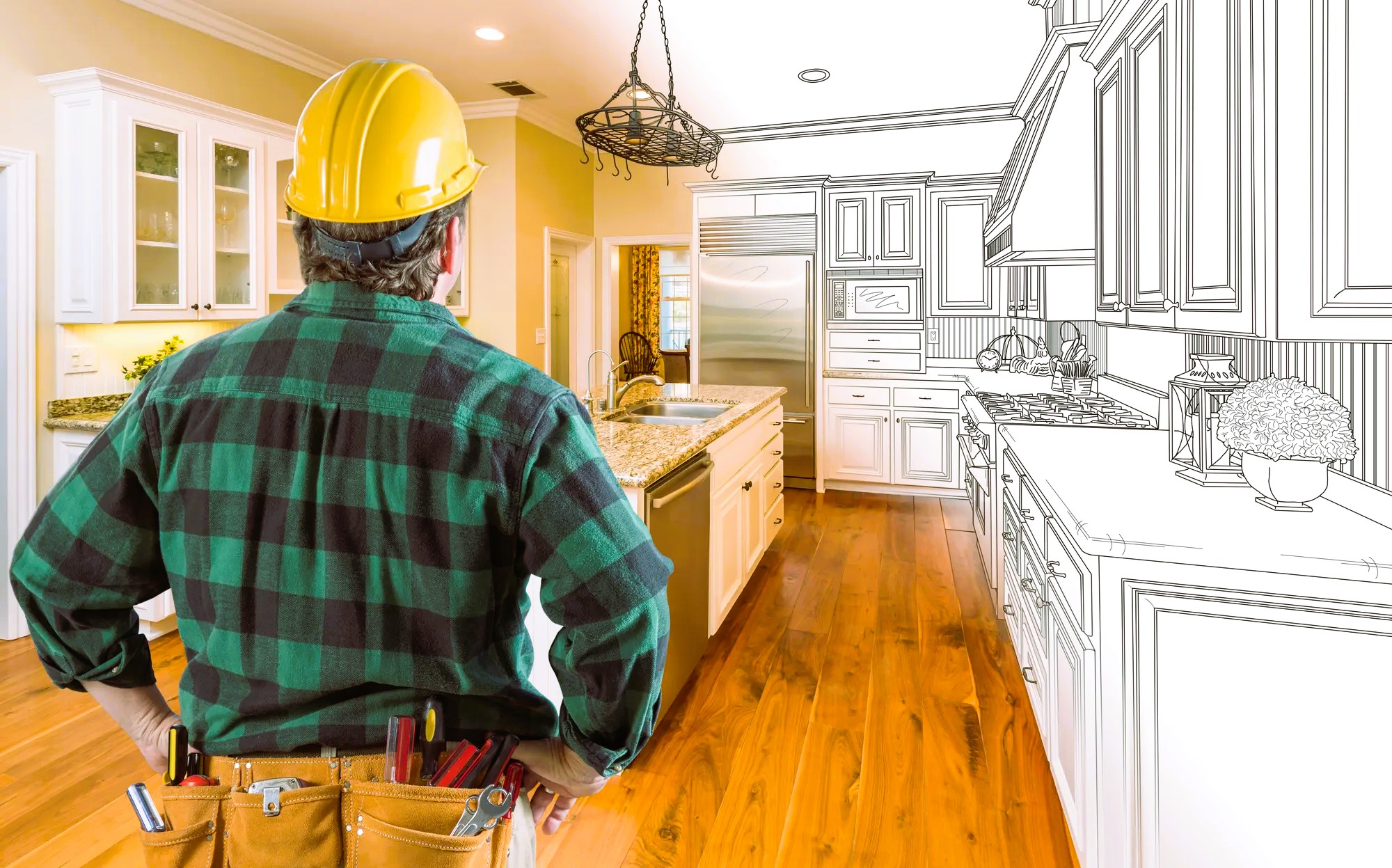Embarking on a home renovation journey is an exciting yet intricate endeavor. Beyond the aesthetic transformations and functional upgrades, it’s essential to consider the impact of renovations on the health of your home and its occupants. In this comprehensive guide, we will navigate through the key aspects of prioritizing health during home renovations, ensuring that the end result not only enhances your living space but also contributes to a healthier lifestyle.
The Health Impact of Home Renovations
Home renovations have the potential to influence indoor air quality, occupant well-being, and the overall environmental sustainability of a residence. Prioritizing health during renovations involves making informed choices that consider not only the immediate visual appeal but also the long-term impact on the living environment.
1. Material Selection for Indoor Air Quality

Low-VOC and Non-Toxic Materials:
Opting for materials with low Volatile Organic Compounds (VOCs) and non-toxic finishes helps maintain indoor air quality. These materials reduce the emission of harmful chemicals that can affect respiratory health and overall well-being.
Sustainable Materials:
Choosing sustainable and eco-friendly materials ensures that your renovations contribute to a healthier planet. Materials such as bamboo, reclaimed wood, and recycled metal not only promote environmental responsibility but also minimize exposure to harmful substances.
2. Proper Ventilation Planning
Strategic Ventilation Systems:
Integrating effective ventilation systems into your renovation plans is crucial. Proper ventilation helps remove indoor pollutants, prevents mold growth, and ensures a continuous supply of fresh air, promoting respiratory health. Did you like the article? We recommend checking out Building Science 101.
Natural Ventilation Solutions:
Where possible, incorporate natural ventilation solutions like operable windows and skylights. These not only enhance indoor air quality but also reduce reliance on mechanical ventilation systems, contributing to energy efficiency.
3. Mold Prevention Strategies
Water-Resistant Materials:
Choosing water-resistant materials for areas prone to moisture, such as bathrooms and kitchens, is essential for mold prevention. These materials inhibit mold growth and contribute to a healthier indoor environment.
Effective Drainage Systems:
Ensuring proper drainage around the foundation and exterior walls prevents water accumulation, reducing the risk of mold development. Addressing potential water ingress points during renovations is a proactive step in mold prevention.
4. Energy-Efficient Upgrades
Insulation and Sealing:
Prioritize insulation upgrades and sealing gaps to improve energy efficiency. A well-insulated home not only reduces energy consumption but also provides a more comfortable living environment.
High-Efficiency HVAC Systems:
Upgrading heating, ventilation, and air conditioning (HVAC) systems to high-efficiency models enhances indoor air quality and reduces the environmental impact. Regular maintenance of these systems is equally important for optimal performance.
The Role of Standardization in Healthy Renovations

Adhering to established standards is integral to ensuring that your home renovations align with health-conscious practices. Standards provide guidelines for material safety, indoor air quality, and sustainable construction. For comprehensive information on renovation standards in Canada, you can refer to Canada’s official website.
Canadian Renovation Standards
- CSA Group Standards: CSA Group develops standards for construction and renovation materials, ensuring they meet safety and performance criteria.
- Building Code Standards: Local building codes, such as the National Building Code of Canada (NBCC), set standards for construction practices, including those related to health and safety.
- EcoLogo Certification: Products with EcoLogo certification meet stringent environmental and health criteria, guiding homeowners towards eco-friendly choices.
Conclusion
Home renovations are not just about creating visually appealing spaces; they are an opportunity to prioritize the health and well-being of your home and its occupants. By focusing on material selection, ventilation planning, mold prevention, and energy-efficient upgrades, you contribute to a healthier living environment.
Standardization serves as a valuable tool in this endeavor, offering a set of guidelines that ensure your renovations adhere to established health and safety practices. As you navigate the exciting world of home renovations, let health-conscious decisions be the guiding force, creating a space where aesthetics and well-being coexist harmoniously. In the tapestry of your home, let each renovation thread weave a story of health, sustainability, and enduring comfort.


